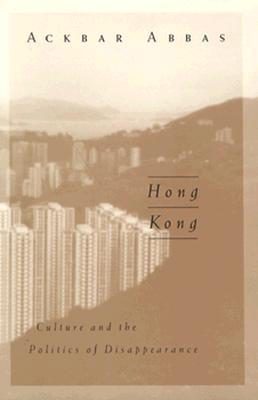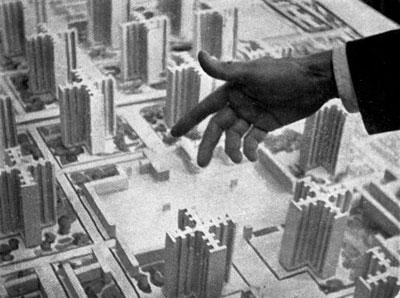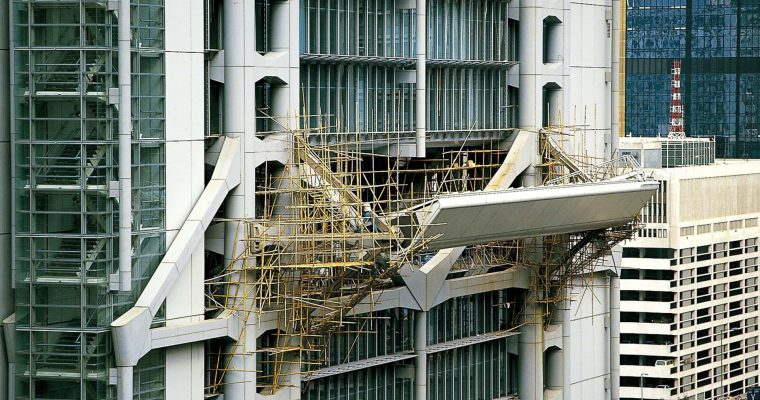[Reading Response: Ackbar Abbas and Michel de Certeau]
For the concept “place and space”, Abbas addresses “fixed places”, such as non-places (where human beings remain anonymous), are interconnected in the “unpredictable spaces”, which act as typologies and geography. The “places” mentioned in HK has a cultural significance, which presents the idiosyncrasies of HK’s urban space — “capitalism inscribed in built space”, forming the hyperdensity open city during globalization and colonial period. Moreover, Certeau mentions the “space” where pedestrians moves in a space of present (pathway possibilities), discretes (places to ignore) and “phatic” (pedestrians’ walk metaphorically talk along streets). “Phatic” is being described for pedestrians since Certeau believes art
Continue reading[Reading Response: Ackbar Abbas and Michel de Certeau]


